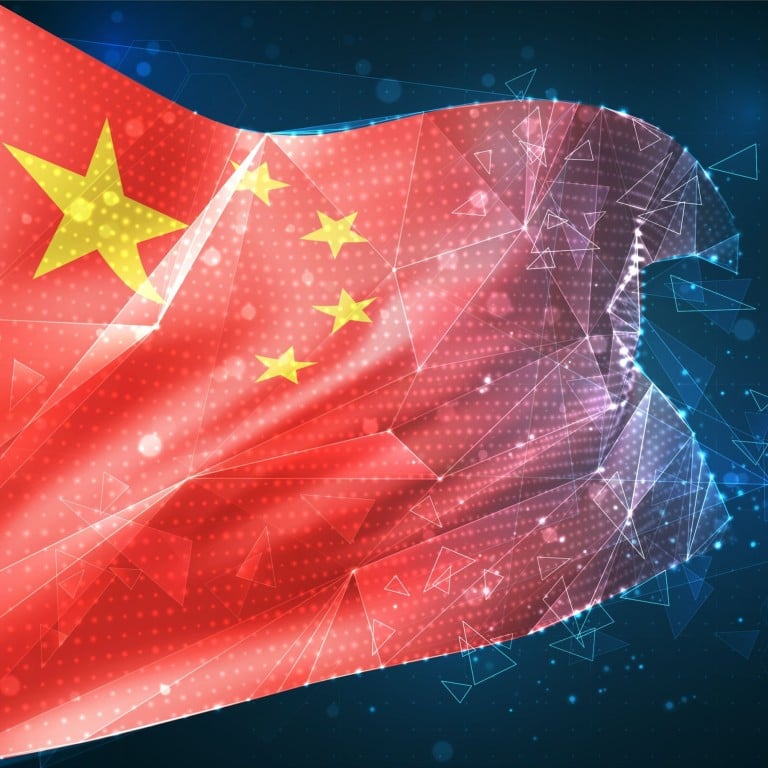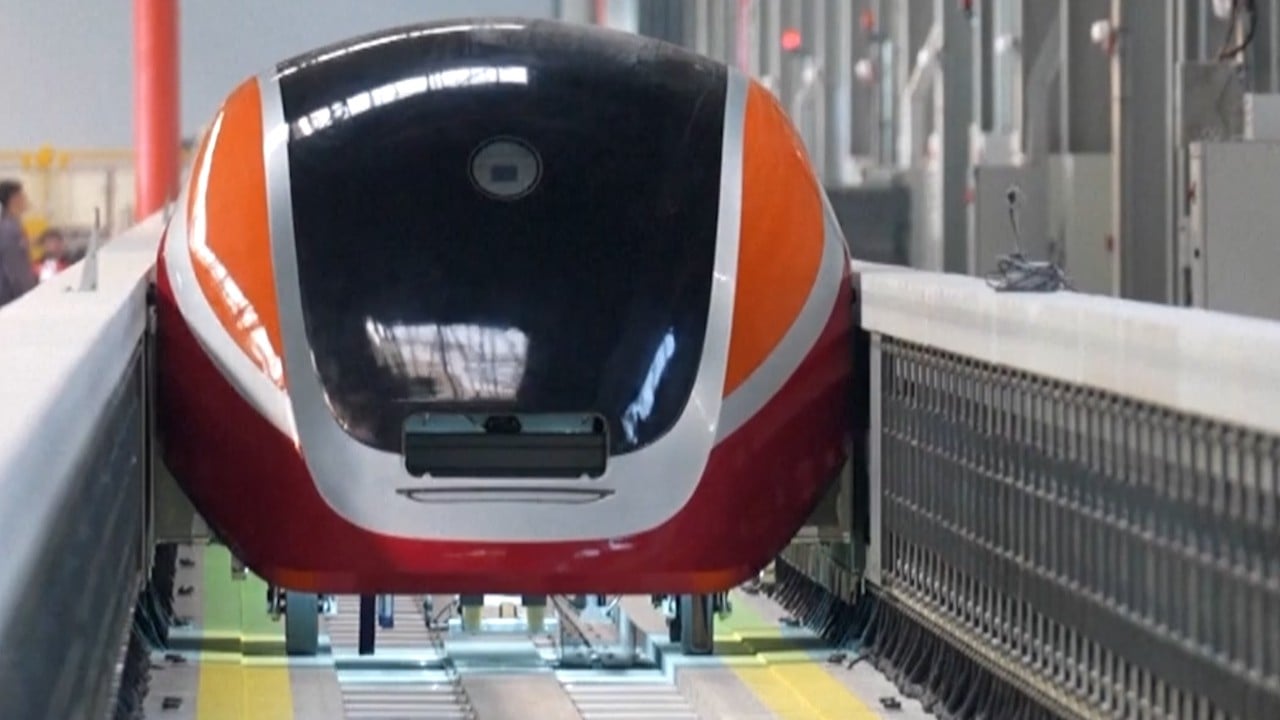
Beijing unveils ‘battle plan’ to supercharge innovation hub, lure foreign talent
- Beijing International Science and Technology Innovation Centre, to be overseen by China’s president, is set to be completed by 2025
- Massive project aims to build out city’s existing facilities to become a pre-eminent science and tech base
Plans for the Beijing International Science and Technology Innovation Centre – to be personally overseen by President Xi Jinping – were announced on Thursday and called for Beijing to offer attractive visa, work permit, and long-term residence options through a “new round of facilitation policies for foreign talent”.
Under the plan, Beijing must improve its ability to “independently cultivate high-quality” science talent by helping colleges and universities speed up implementation and improvements to various disciplines. Reforms to engineering education will aim to improve training for high-quality engineers.
The plan will be jointly managed by 12 government agencies, including the Ministry of Science and Technology, the Beijing Municipal Government, and the National Development and Reform Commission – China’s top economic planner, according to an announcement posted on their websites.
The announcement said the Beijing International Science and Technology Innovation Centre would become a “world-leading source of innovation for cutting-edge science and emerging industries”.
Under the plan, national research institutions will lead the charge, with national laboratories to make strides on strategic scientific and technological fronts while ensuring that top disciplines at Beijing’s universities rank among the world’s best.
Hong Kong aims to earmark 300 hectares of land for I&T purposes near border
“[We will] cultivate and form a group of leading technology companies with global influence, and the number of unicorn companies ranking among the top cities in the world,” the announcement said.
By 2025, Beijing’s hi-tech industry is projected to have 260 R&D personnel for every 10,000 workers, contributing more than 1.2 trillion yuan (US$170 billion) to the local economy, a rise of 13 per cent from 2022.
Last year, China’s R&D spending exceeded 3 trillion yuan for the first time, according to a report released in March by Dalian University of Technology.
China’s chip-focused funds make hefty gains from stock picks amid US sanctions
In 2020, China’s R&D spending totalled 2.44 trillion yuan, the report said, ranking it second in the world, behind the United States. But China’s total national R&D spending as a percentage of GDP was 2.4 per cent, or fourth in the world behind the US, Japan and Germany.
Among China’s major economic centres, Beijing, Shanghai and Shenzhen were ranked in the top three with the highest R&D spending according to a 2019 study. While Beijing and Shanghai have benefited from national research institutions being located in those cities, Shenzhen has relied on tech giants like Huawei for innovation.


